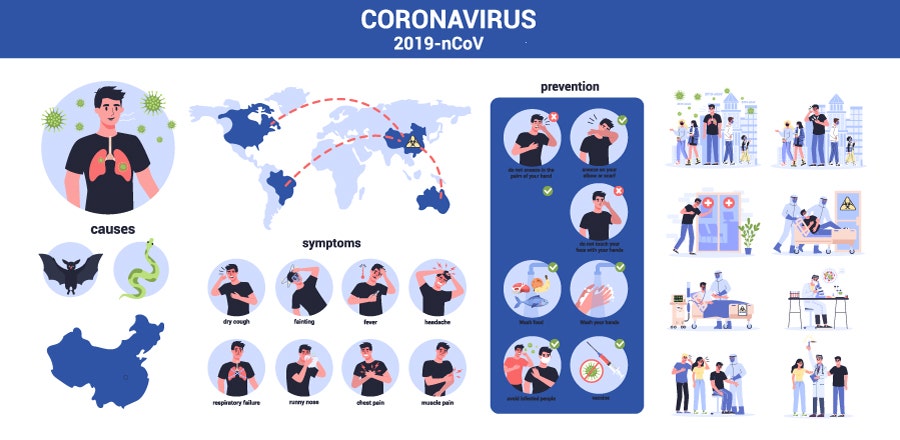
As the World Waits: Development of mRNA Vaccines
Hope for managing the COVID-19 pandemic lies with the development of an effective vaccine against the virus. A recent review by Wadhwa and colleagues concisely describes the current opportunities and challenges facing mRNA vaccine development. Although there are many factors to consider, TriLink’s products are widely applicable to mRNA vaccines.
Vaccines are used globally for prophylactic infectious disease treatment. They expose an individual to a weakened, non-active or partial version of the disease-causing pathogen in order to elicit an immune response. This allows for heightened protection if the actual pathogen is ever contracted. Vaccination has resulted in the essential eradication of smallpox, tetanus, and polio, among other diseases. Today, vaccines are classified based on their design as live-attenuated, inactivated, toxoid, subunit, or nucleic acid-based vaccines.

For nucleic-acid based vaccines, a portion of the pathogen’s genome (DNA or RNA) is used as the adjuvant. Compared to DNA vaccines, mRNA vaccines have developed more slowly, but offer significant advantages. First, delivery is simplified due to mRNA’s activity in the cytosol. Here, only the plasma membrane barrier must be breached for the vaccine to be effective. Second, translation can remain active even when a cell stops dividing, meaning that mRNA vaccines are effective in both mitotic and non-mitotic cells. Third, in self-amplifying mRNA vaccines, mRNA’s sensitivity to degradation provides a robust mechanism of transient, non-integrating expression. For information on self-amplifying mRNA vaccines, watch the TriLink sponsored webinar presented by Dr. Andy Geall on saRNA vaccine development. Finally, because mRNA can be synthesized in a “cell-free system,” there is a reduced chance of contamination or vector-based immunogenicity. Thus, mRNA vaccines offer advantages in safety, efficacy, and production.
The major challenges facing mRNA vaccines are stability and delivery. A number of modifications now exist to enhance the stability of therapeutic mRNA, such as extending the poly A tail up to 120 bases using synthetic 5’ cap analogs, altering the content or length of both 5’ and 3’ untranslated regions, and optimizing open reading frame codons. TriLink Biotechnologies’ proprietary co-transcriptional capping procedure generates CleanCap® in an efficient reaction, producing an extremely lowly-immunogenic cap with a natural structure that promotes efficient translation.
Delivery of mRNA vaccines encompasses both the formulation of the vaccine and its administration route. Formulation strategies are designed to facilitate the highly energetically unfavorable transport of mRNA across the plasma membrane. Formulation can be absent if “naked RNA” is used, or it can include a viral vector, lipid or polymer based complex, or nanoparticle. Across formulation methods, the administration route critically affects efficacy. The main modes of administration for mRNA vaccines are intramuscular, subcutaneous, and intradermal injections. Administration is most effective when local delivery reaches the desired tissue, but these routes have also shown to elicit a systemic immunogenic response. There remains considerable room for improvement regarding mRNA vaccine delivery.
mRNA vaccines only entered the clinic a few years ago, and we still have much to learn about their use in humans. The first COVID-19 vaccine trial in the United States is an mRNA vaccine in a Phase I trial, and its safety and immunogenicity should be determined by next summer. Although we all excitedly await the development of a COVID-19 vaccine, it is important to echo Dr. Anthony Fauci’s words: “if we are going to do this, we are going to do this right, and make sure that the treatment is safe and effective.”
TriLink is fully committed to supporting its clients involved in diagnostic and therapeutic options for COVID-19. Please contact us for immediate response if our products can help your efforts in addressing this pandemic.

